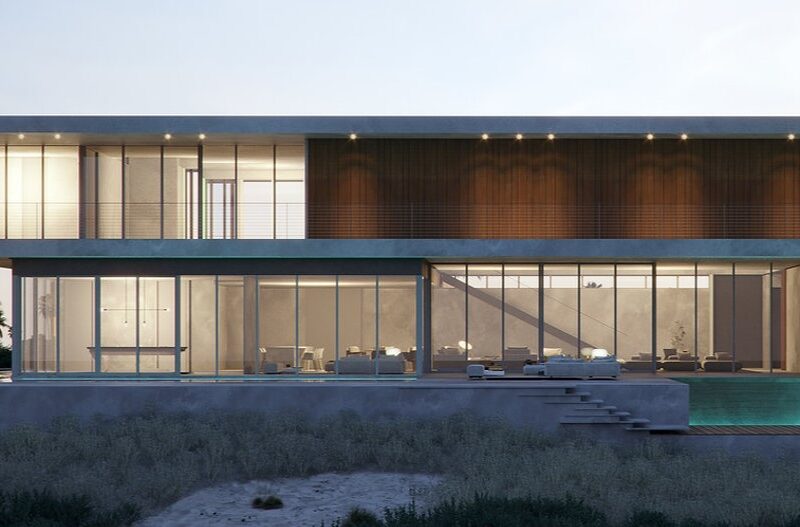There really is a foreclosure epidemic and real estate investors all over the country are taking advantage of it. The Boca Raton architects of the epidemic is all over the newspapers. It’s estimated that over 1% of the current mortgages will go into foreclosure or be in arrears this year. That means on the average,What’s the Cause of the Massive Increase in Foreclosure Buying and will it Persist? – Part I Articles virtually every neighbor in this country will have 2-3 homeowners not being able to make their house payments. That is why real estate investors are looking to get big bargains buying preforeclosures and properties in foreclosure.
This is bad news for the homeowners and bad news for the banks and institutional lenders who are looking at billions of dollars of loans that they’re not getting interest payments for. It is of course, great news for investors buying foreclosures, because when the supply is high, the prices go down. Banks are even taking less that what they’re owed for the loan by accepting short sales offered by investors and at foreclosure auctions (for more information on short sales go to About the Author)
So why is this happening? Here’s 3 acronyms that tell the story:
ARM’s – Adjustable Rate Mortgages
HELOC’s – Home Equity Line of Credit
80/20 – 80/20 no down payment loan
ARM’s are the chief culprit. Those who are not familiar with these types of mortgages, the way they work is that when the loan is first issued there is a very low (below market) interest rate. Then after a set period (from 1 – 10 years), the interest rate adjusts upward as much as 2% based on an interest index. The rate then adjusts annually by as much as 2% until the cap is reached which can be 10-12%, although caps can be in the 12-16% range.
Of course, the lowest starting rates, have the shortest adjustment periods. How low? Well, back in the beginning of the millennium, interest rates were bottoming out. And there were ARM’s with a starting interest rate in the 1% range! This was an apparent bonanza for renters and 1st time home buyers, and many other home owners who rushed to buy new homes. Because the lower interest rates not only made the payments affordable, they also allowed people with much lower incomes to qualify for the loan.
However, this apparent good fortune for the new home buyers was often just a foreclosure waiting to happen. A day of reckoning was coming, and these homeowners would have no idea what hit them.
Here’s an example of what started happening and is continuing to happen today. Let’s say Joe & Mary Homebuyer have a fairly low income of about $2000/month. A general lending rule of thumb is that your mortgage payment should be no more than 30% of your gross income. So based on this, Joe & Mary could afford a house payment of about $650/mo.
Now let’s say they could get an ARM with a 1% starting interest rate and a cap of 12%. They could qualify for a $200,000 loan with payments of $643/mo. And let’s also suppose the lender does not escrow the taxes or insurance. Typical taxes & insurance let’s estimate to be about $2400 or $200/month. (By the way, the following scenario will play out the same, no matter what the starting interest rate is).
Joe & Mary move into their new home, buy a bunch of furniture on their credit cards, a new TV, and stereo, and some window treatments, etc. After about 6 months Mary gets pregnant. The tax bill comes due in September, and Joe and Mary are in a bit of shock. They haven’t been putting away money for taxes, and it takes most of their meager savings to pay the bill.
Then around November, the mortgage company sends them a letter informing them that the rate is adjusting upward by 2% and their payment starting January will be $843 per month—a $200 increase. With their credit card debt, a new baby on the way and monthly living expenses, they’re really living on the edge. When their next tax bill comes due—Joe decides the county is just going to have to wait for it’s money. (In reality what will happen is that the county will put a tax lien on the property and sell that lien at a tax sale auction. The real estate investors buying the tax lien or tax certificate (in many states) will eventually have the right to foreclose if they’re not paid the back taxes and interest. Essentially buying the foreclosure for the cost of the tax lien!).
Then in November of that year, they get another letter informing them of another increase in their interest rate—this time to 5% (still pretty low), and this raises their monthly mortgage payment to $1074/mo – a $230 increase!
Now, Joe & Mary are in over their heads. Come January, they send in the old payment amount. The bank doesn’t accept it and considers them in default. They think they only owe the difference—in fact, the bank considers it as if they hadn’t made any payment at all. After several months, they get a foreclosure warning letter.
At this point Joe and Mary may consider selling their house. If they live in a rapidly appreciating market, they may be able to get out by the skin of their teeth. In most areas, after only a year or 2, most homes have not appreciated enough to sell quickly. With a realtor commission and accepting a discount from the buyer, they’d have to come out of pccket to go through with the sale—money they don’t have.
So depending on their state, unless an investor steps in, buying the foreclosure by negotiating a short sale with the lender, the property will be sold at auction on the courthouse steps according to state foreclosure laws.


